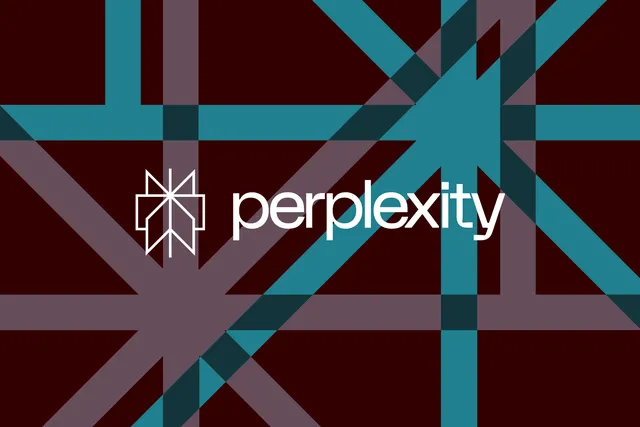Ethical AI: Can We Prevent Bias and Ensure Responsible Development?

Artificial Intelligence is changing our world fast. But is it changing for the better? AI can be biased. It can make unfair decisions. It might even replace human jobs.
This article explains:
- What AI bias is (and why it happens)
- Real examples of AI discrimination
- How companies are trying to fix it
- Government rules for safe AI
- What the future of ethical AI looks like
Let’s explore how we can make AI fair for everyone.
1. What is AI Bias? (And Why Does It Happen?)
AI Bias Means Unfair Treatment
AI learns from data. If the data is unfair, the AI becomes unfair.
Example:
A hiring AI favored male job applicants because most resumes in its training data were from men.
3 Main Causes of AI Bias
- Bad Training Data (Not enough diversity)
- Human Prejudices (Programmers’ biases sneak in)
- Flawed Testing (Not checking enough real-world cases)
Why This Matters
Biased AI can:
- Reject good job candidates
- Give wrong medical diagnoses
- Unfairly target certain groups in policing
2. Real-World Examples of AI Gone Wrong
Case 1: Racist Facial Recognition
- What happened: AI systems worked worse for dark-skinned people
- Result: Wrong arrests and unfair surveillance
- Companies affected: Amazon, Microsoft (both improved systems later)
Case 2: Sexist Hiring Tools
- What happened: Amazon’s hiring AI downgraded resumes with “women’s” words (like “women’s chess club”)
- Result: Amazon stopped using it in 2018
Case 3: Unfair Loan Approvals
- What happened: Bank AIs gave fewer loans to minority groups
- Why: They used zip codes that reflected old racist housing policies
3. How Tech Companies Are Fixing AI Bias
Solution 1: Better Data
- Adding more diverse examples
- Checking data for hidden biases
Example: Google now tests AI images with diverse skin tones
Solution 2: Explainable AI
- Making AI explain its decisions
- No more “black box” mystery
Example: IBM’s AI can now show why it denied a loan
Solution 3: Bias Testing
- Special teams that check for fairness
- Regular audits like financial checks
Example: Facebook has an AI ethics review board
4. Government Rules for Safe AI
Europe’s AI Act (2024)
- Bans dangerous AI (like social scoring)
- Requires transparency in AI decisions
- Fines companies for breaking rules
US AI Guidelines
- White House’s “AI Bill of Rights”
- Focuses on privacy and fairness
- Not laws yet, but coming soon
China’s AI Rules
- Strict control over recommendation algorithms
- Must show why content gets recommended
- Bans algorithms that encourage addiction
5. The Future of Ethical AI
Good News Coming
- More diverse AI teams = less bias
- New tools to detect bias automatically
- Laws will force companies to be fair
Challenges Remaining
- Global rules don’t match yet
- Hard to remove all hidden biases
- AI keeps getting more complex
What You Can Do
- Ask how AI makes decisions
- Support ethical AI companies
- Learn about your digital rights
Conclusion: The Path Forward
AI bias is a real problem. But we’re learning to fix it. Companies now test for fairness. Governments are making new rules. Everyone deserves equal treatment from AI.
The future looks hopeful if we:
✔ Keep demanding transparency
✔ Support ethical AI development
✔ Stay informed about new risks
What do you think? Have you experienced AI bias? Share your story below.




